50+ Sample Media Proposal
-
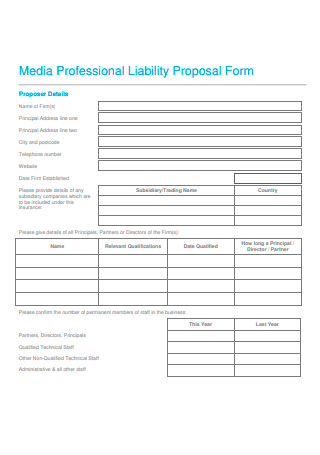
Media Professional Liability Proposal Form
download now -
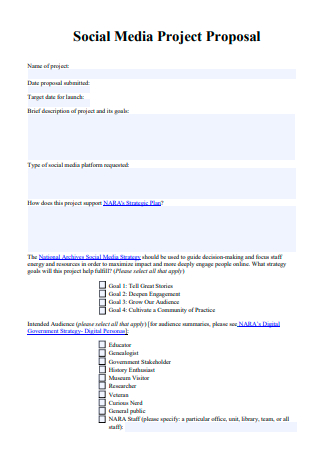
Social Media Project Proposal
download now -
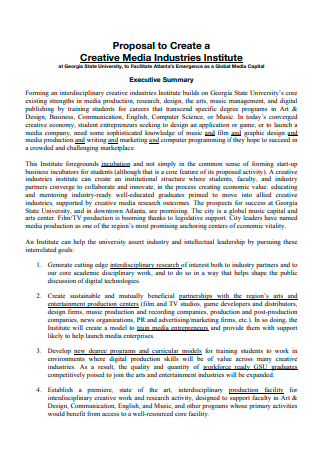
Media Industries Institute Proposal
download now -
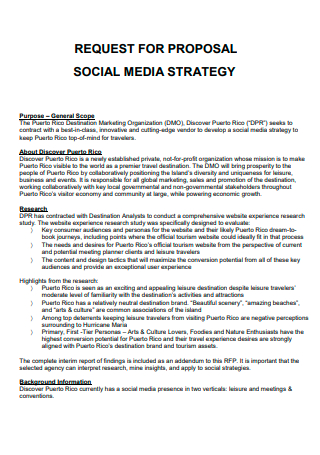
Social Media Strategy Proposal
download now -
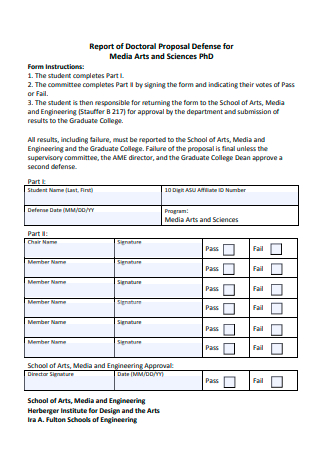
Media Arts and Sciences Report of Doctoral Proposal
download now -
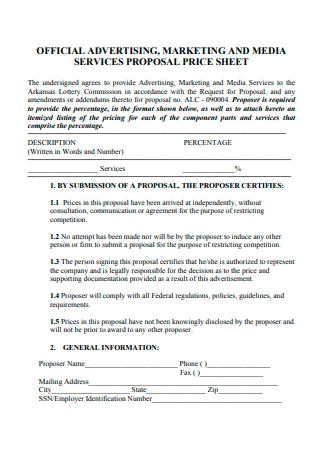
Marketing and Media Services Proposal Price Sheet
download now -
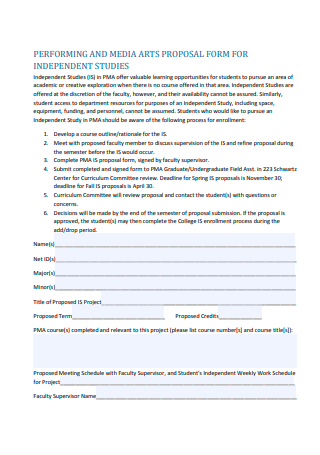
Media Arts Proposal Form
download now -
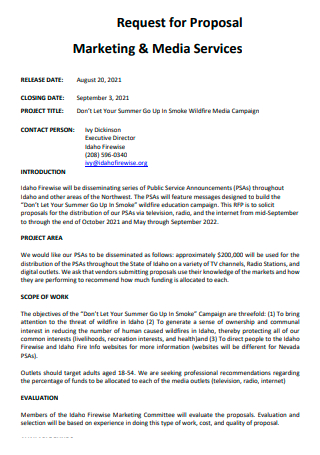
Marketing and Media Services Proposal
download now -
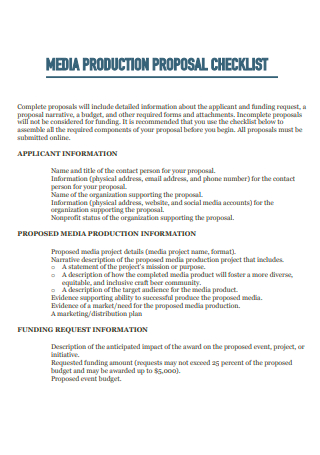
Media Production Proposal Checklist
download now -
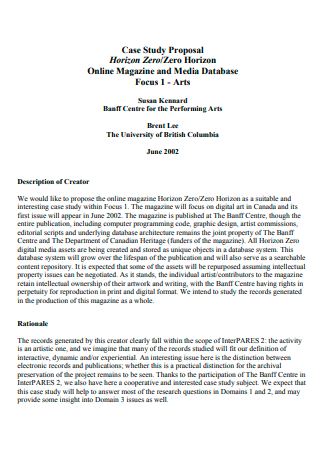
Online Magazine and Media Database Proposal
download now -
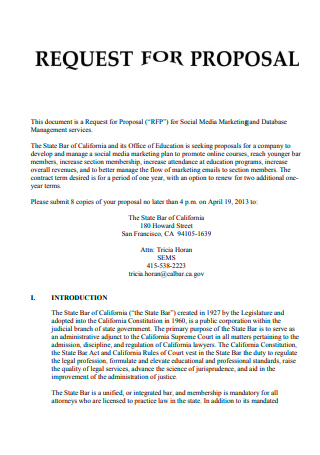
Social Media Marketing and Database Management Services Proposal
download now -
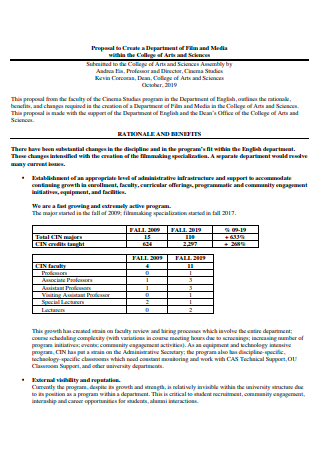
Department of Film and Media Proposal
download now -
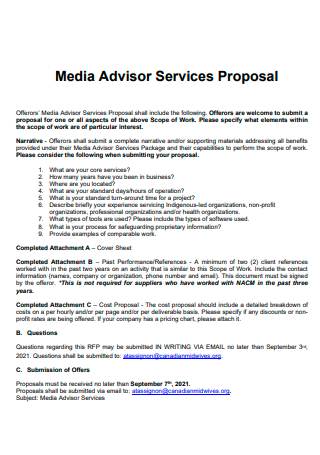
Media Advisor Services Proposal
download now -
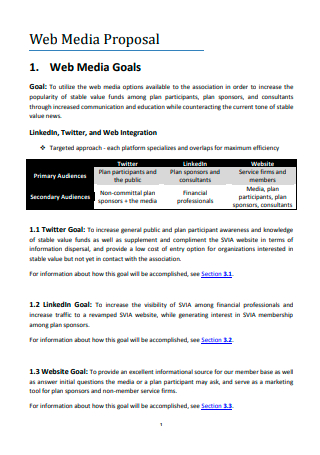
Web Media Proposal
download now -
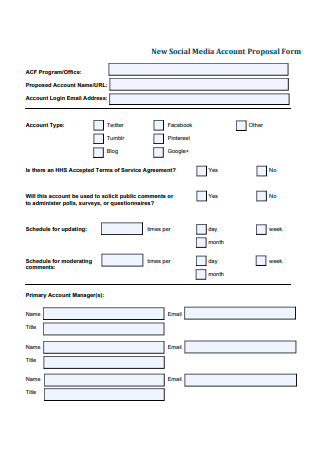
New Social Media Account Proposal Form
download now -
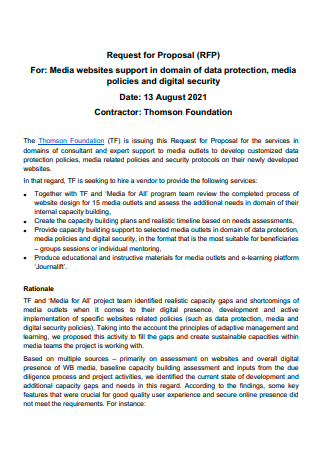
Media Website Support Proposal
download now -
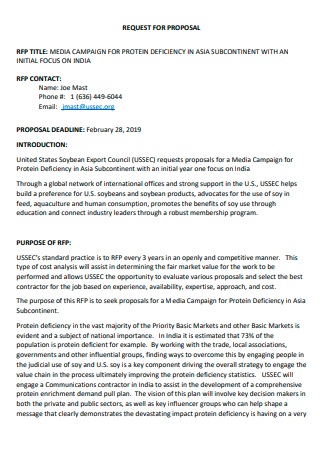
Media Campaign Proposal
download now -
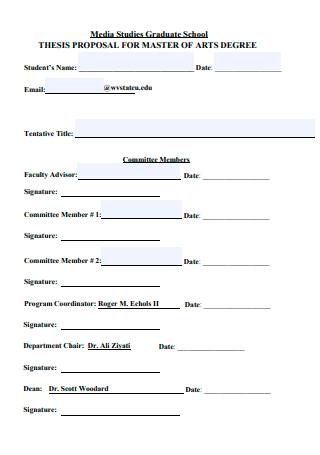
Media Studies Graduate School Thesis Proposal
download now -
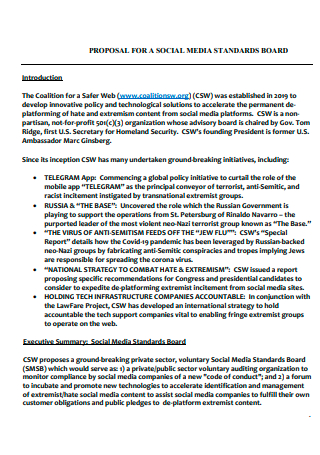
Social Media Board Proposal
download now -
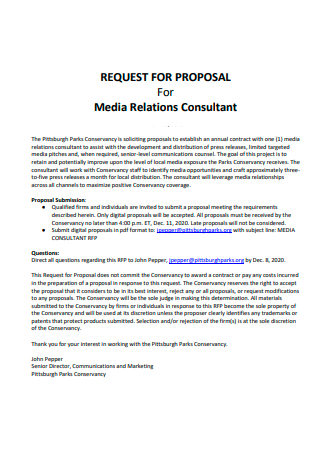
Media Relations Consultant Proposal
download now -
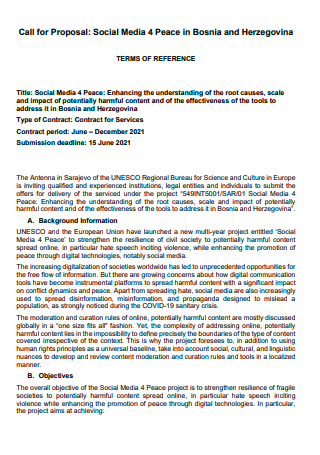
Social Media Call For Proposal
download now -
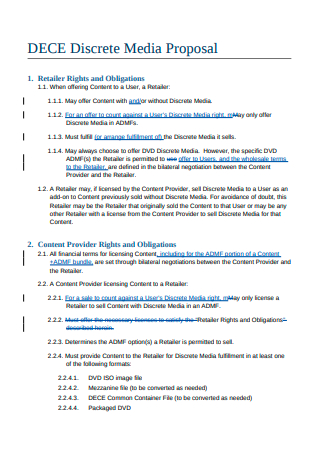
Discrete Media Proposal
download now -
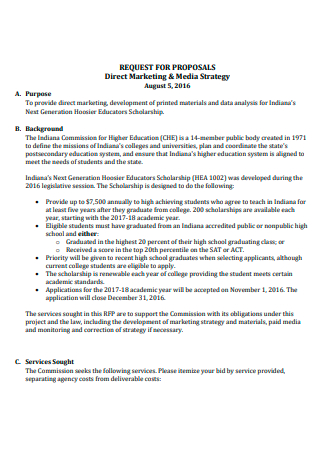
Direct Marketing and Media Strategy Proposal
download now -
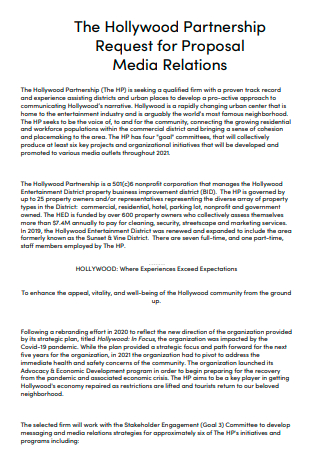
Media Relations Proposal
download now -
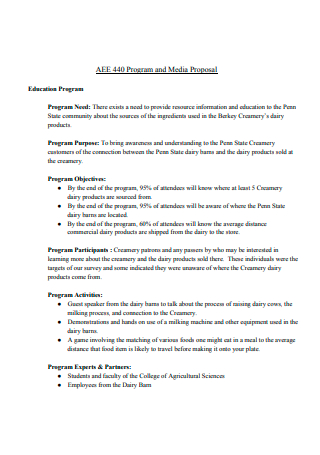
Program and Media Proposal
download now -
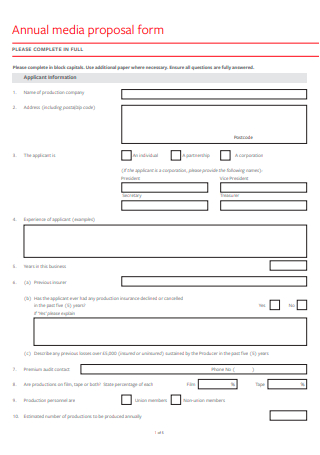
Annual Media Proposal Form
download now -

Installation of Filter Media Proposal
download now -
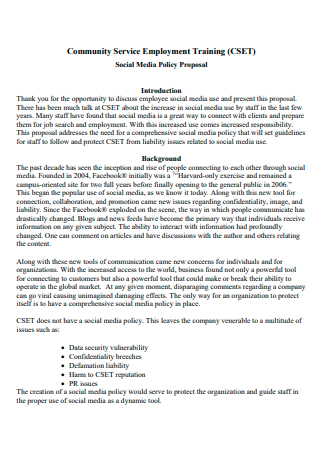
Social Media Policy Proposal
download now -

Paid Social Media Management Proposal
download now -
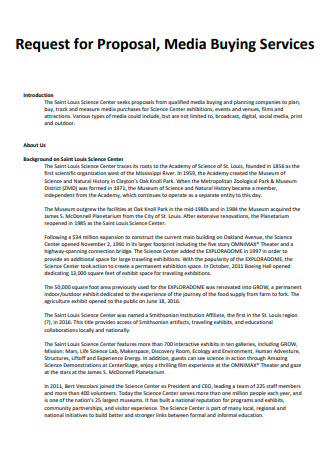
Media Buying Services Proposal
download now -
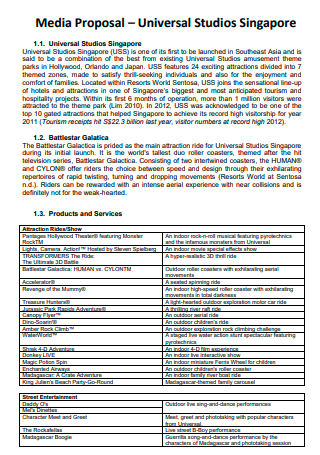
Standard Media Proposal
download now -
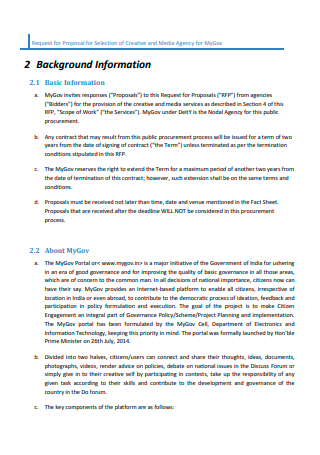
Media Agency Proposal
download now -
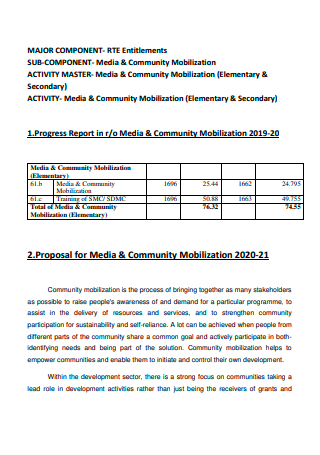
Media and Community Mobilization Proposal
download now -
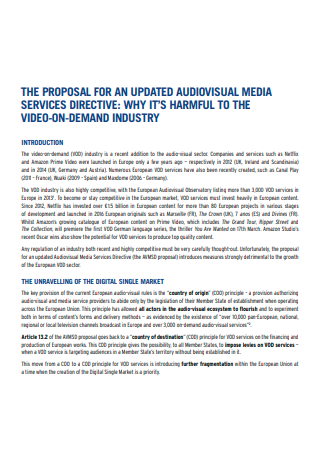
Audio Visual Media Services Proposal
download now -
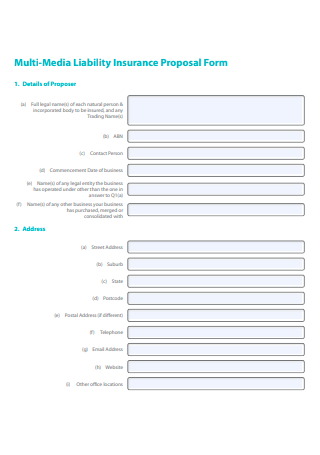
Multi-Media Liability Insurance Proposal Form
download now -
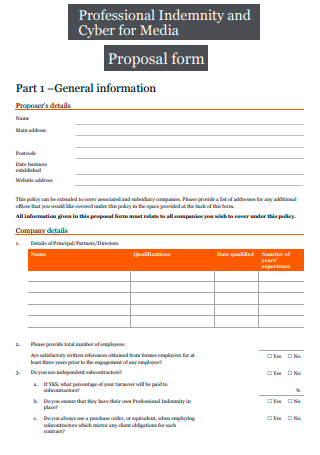
Professional Indemnity and Cyber for Media Proposal Form
download now -
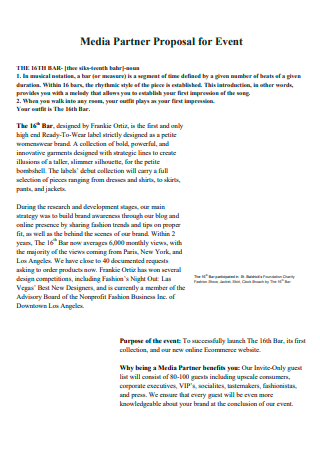
Media Partner Proposal For Event
download now -
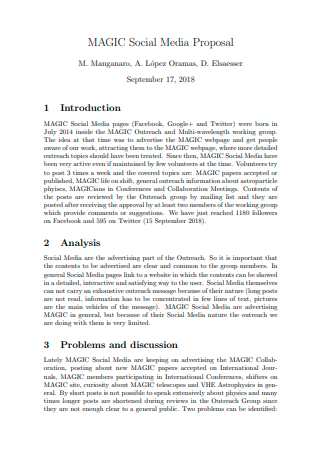
Social Media Proposal
download now -

College of Arts and Media Proposal
download now -
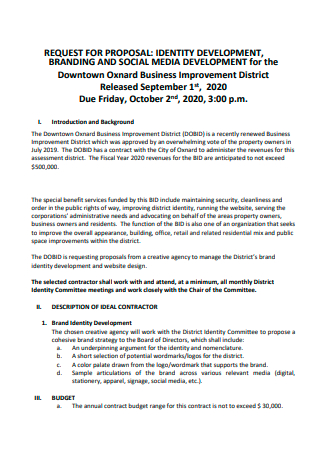
Branding and Social Media Development Proposal
download now -
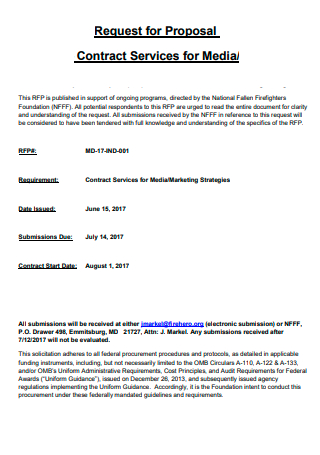
Contract Services For Media Proposal
download now -
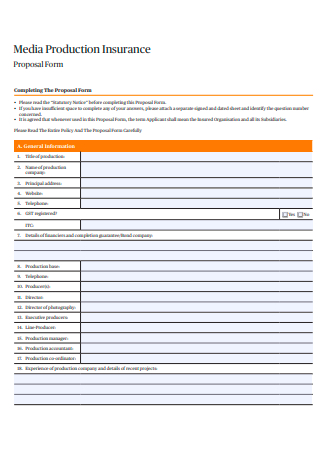
Media Production Insurance Proposal Form
download now -
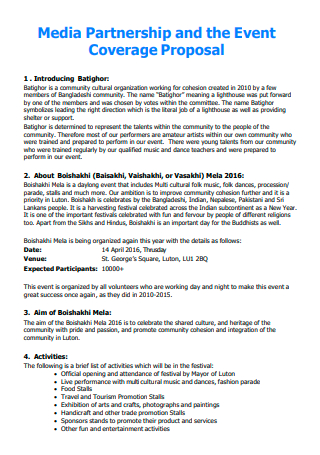
Media Partnership and the Event Coverage Proposal
download now -
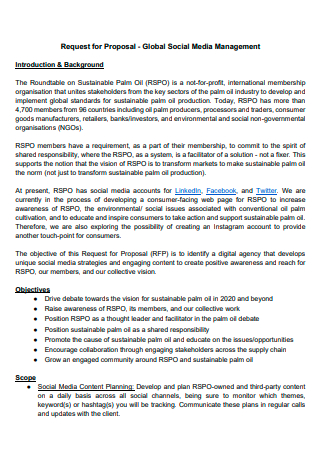
Global Social Media Management Proposal
download now -
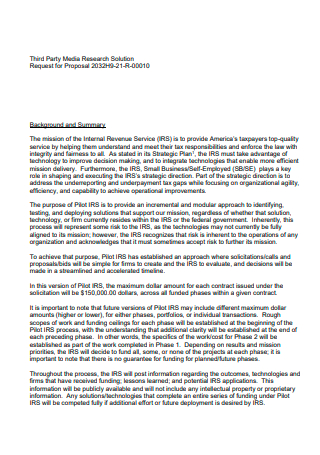
Third Party Media Research Solution Proposal
download now -
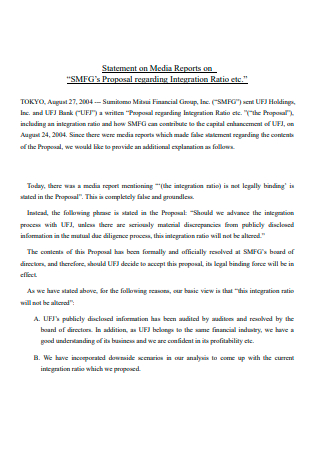
Statement on Media Reports Proposal
download now -
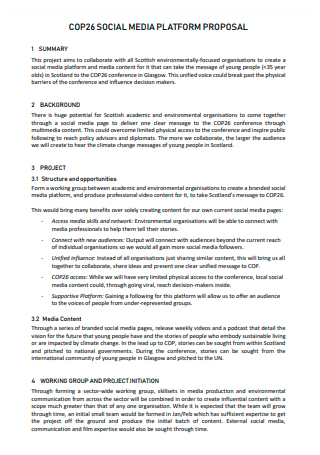
Social Media Platform Proposal
download now -
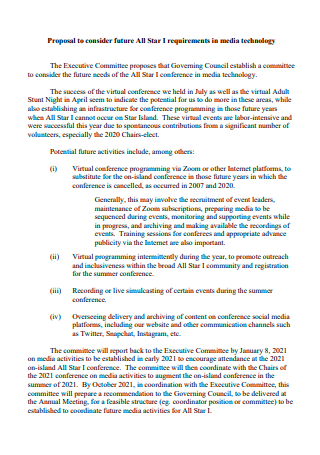
Media Technology Proposal
download now -
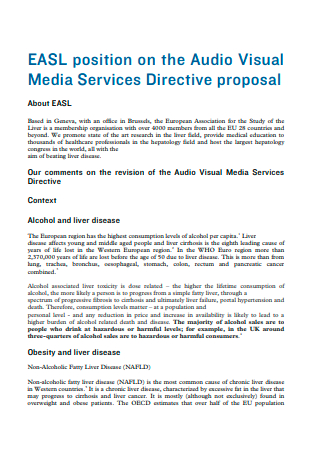
Audio Visual Media Services Directive Proposal
download now -
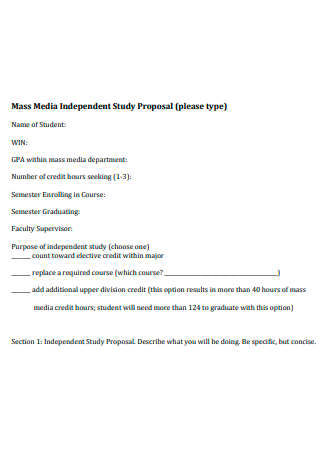
Media Independent Study Proposal
download now -
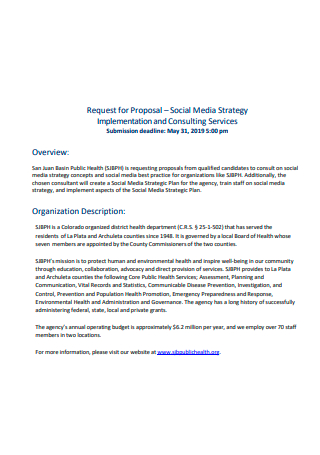
Social Media Strategy Implementation and Consulting Services Proposal
download now
What Is a Media Proposal?
A media proposal is a formal written proposal that is presented to a prospective client by a media agency or body. The proposal typically offers a comprehensive list of services and products such as social media management, publishing, or any other media-related service.
According to data published by Pew Research Center, 7 in 10 Americans use social media for entertainment, for establishing connections, consuming news and sharing all kinds of information. Statistics also showed that only around 5% of American adults used at least one platform of social media back in 2005. Fast forward to today, 72% of the public use some form of social media.
Types of Media
Media can be a pretty broad term. Throughout history, its definition has continuously evolved and today, people embrace all kinds of media. From newspapers to mobile apps, there is no doubt that media has become an integral part of daily life. The following examples described below are some of the major types of media.
Importance of Media
Media has been a target of scrutiny and debate in recent years. When people speak of media, sometimes the first thing that comes to mind is the people who work in media such as journalists, anchors, producers, etc. But media is an all-encompassing spectrum that involves various types of platforms and includes those professionals whose career is in media. The word itself refers to being a medium between parties or institutions. The examples below describe the reasons why the media plays a pivotal role in modern society.
How to Create a Media Proposal
The content of your media proposal will depend on the kind of media you are presenting. For example, it can be a social media management proposal for a potential client or an audio-visual media proposal for a particular event sponsor. Whatever it is, make sure to keep in mind the following steps:
Step 1: Offer a Comprehensive Background
Many proposals begin with an introduction, but you have the option to open your media proposal with whatever suits your preference and needs. Giving a comprehensive background about the media of your choice or about the company initiating the proposal can already serve as an introduction. For instance, you can include an interpretative analysis on the media of your choice. If your goal is to curate a proposal that is tailored to a client, you can try to incorporate the prospect’s goals, needs, or preferences. Whatever way you frame your background introduction, try to keep it brief and descriptive. As much as possible, avoid lengthy and dragging paragraphs.
Step 2: Provide a List of Services
After the introduction, proceed to describing the list of services or products that you can offer the client. In the case of a social media proposal, some of the services can include social media management, SEO, web design and development and other related services. It is important to inform your client of the scope of work so as to sufficiently manage expectations. Ideally, this section should be as specific and detailed as possible. Make sure to maintain clarity, accuracy, and objectivity when enumerating the services. You can utilize bullet points or a simple table to keep your information organized.
Step 3: Incorporate a Budget and Timeline
A key section in a media proposal is the budget. There must always be transparency between the media agency and client. For example, if a client seeks to engage the services of a social media management agency, the former must have an idea of how much funding is needed. Propose a budget in a clear and straightforward way. Include a breakdown of expenses and don’t neglect to include details about each cost. In addition to finances, you may also want to include a timeline in your proposal. Set project deadlines or program milestones to give the client a better picture of your proposed plans.
Step 4: Set Terms and Conditions
Lastly, it’s important to set provisions that will govern the partnership. Even if the business relationship or partnership has not been formalized yet in a formal contract, you can already inform the prospective client of the various terms and conditions you intend to set. If you are unsure of how to proceed with the provisions, you can draw on the list of services mentioned earlier. Explain the terms of agreement in a manner that is both fair and direct. Whether it is regarding payment guidelines, schedule of deliverables, duration of partnership, liability, or confidentiality, you want your potential client to feel secure and confident in doing business with you.
FAQs
How do you write a media proposal?
To write a media proposal, you need to have an adequate assessment of your prospective client’s needs. Gather all the necessary information regarding what you can offer your client and lay out the corresponding terms and conditions. Refer to the step-by-step guide above for more detailed instructions on how to create a media proposal.
What is a content proposal?
A content proposal is basically a formal proposal submitted by an external contractor or service provider (e.g., social media management agency) to a client. The proposal should be catered to the client’s needs.
How do you write a marketing proposal?
To write a marketing proposal, it should be client-focused and solution-driven. Outline the various strategies that will address the client’s needs and make sure to establish a definitive scope of work. Include a budget, timeline of activities as well as the terms and conditions.
A media proposal should be practical and engaging at the same time. Keep in mind that a good proposal is one that takes into account the needs and preferences of the client. Browse the wide selection of sample templates above to customize your own proposal today!
